A new series by Juan Carlos Ojano
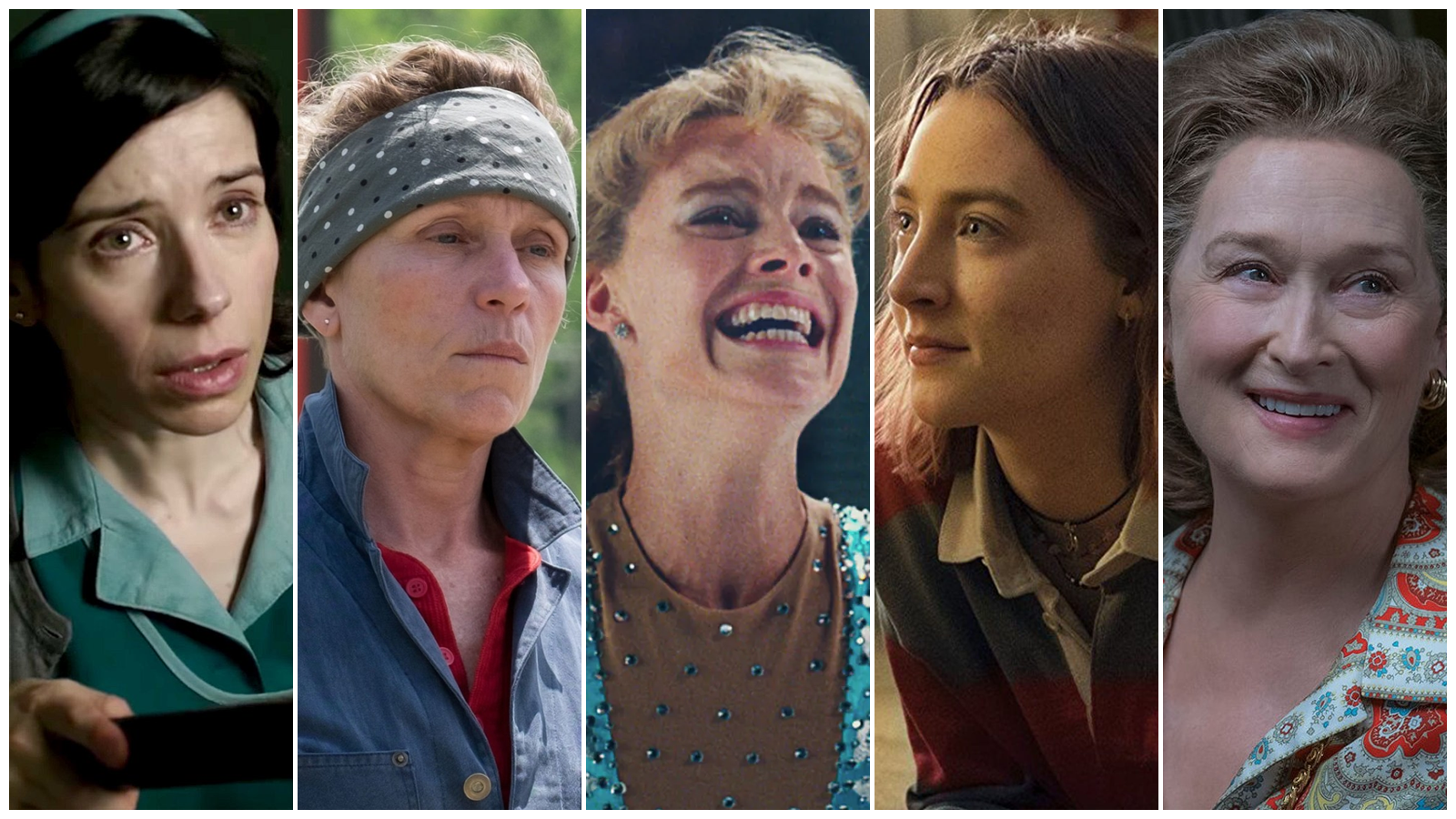
This year’s slate of nominees showcase five performers strategically placed within the vision of their respective films right from their introductions. Whether introduced in a scene with actual spatial detail that immediately relates to the core of their characters or configured within the film’s style and tone in a more general sense, none of our first glimpses of them are deficient in meaning and purpose. It is probably not a coincidence that most of these performances appear in Best Picture nominees (and the one that didn’t probably came close too), a rarity in the Best Actress category.
Are you ready? The year is 2017...
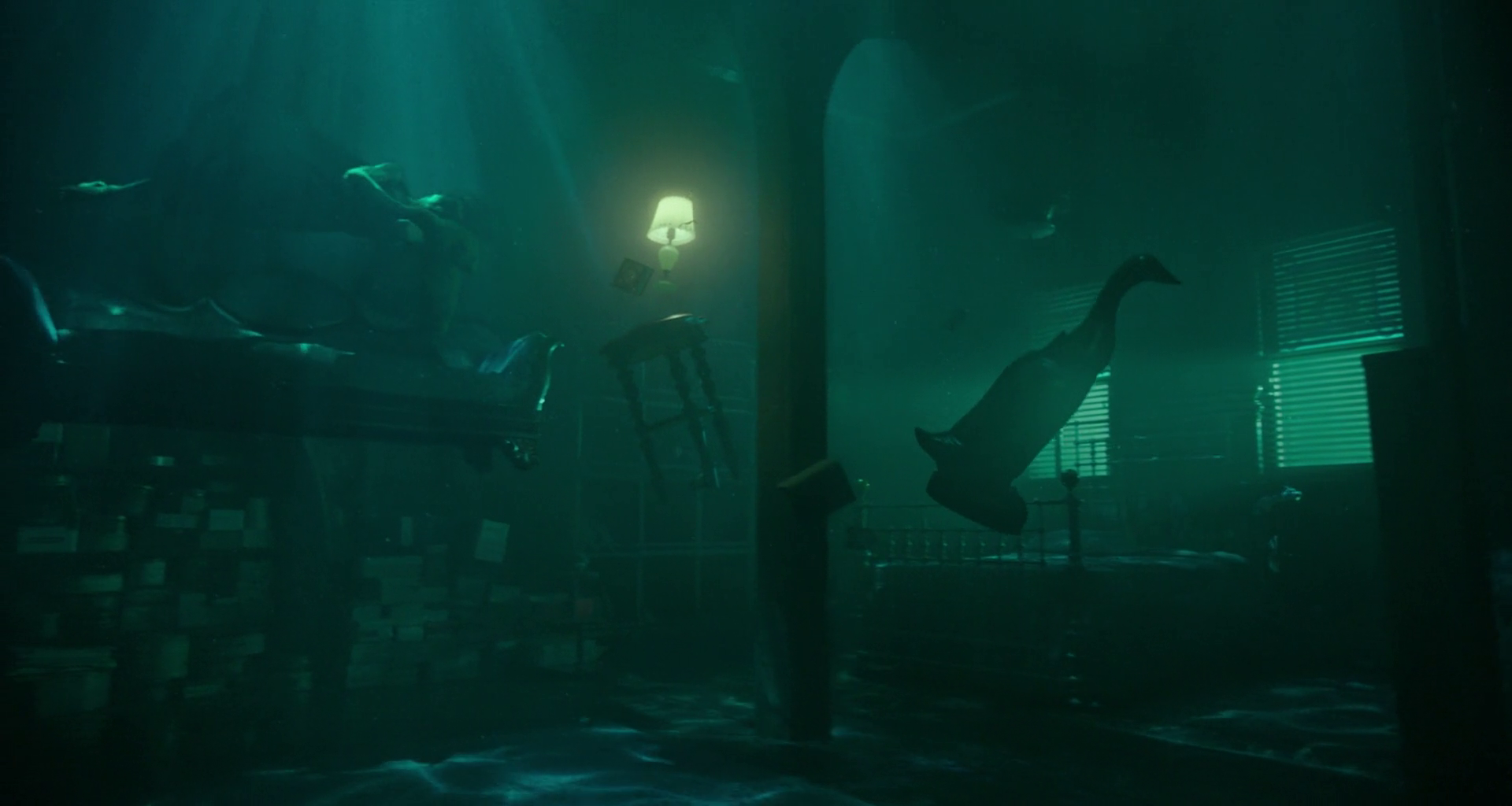
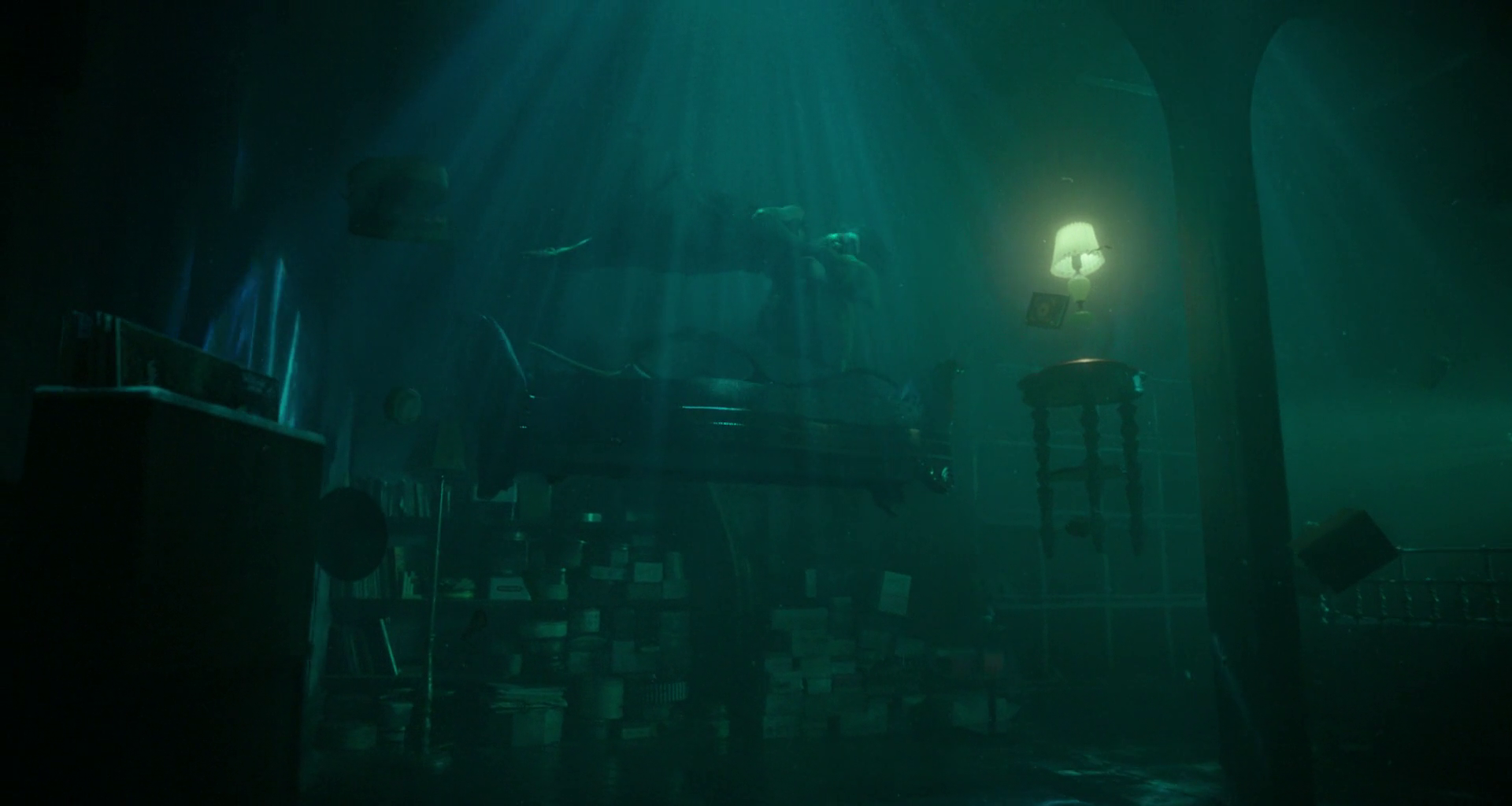
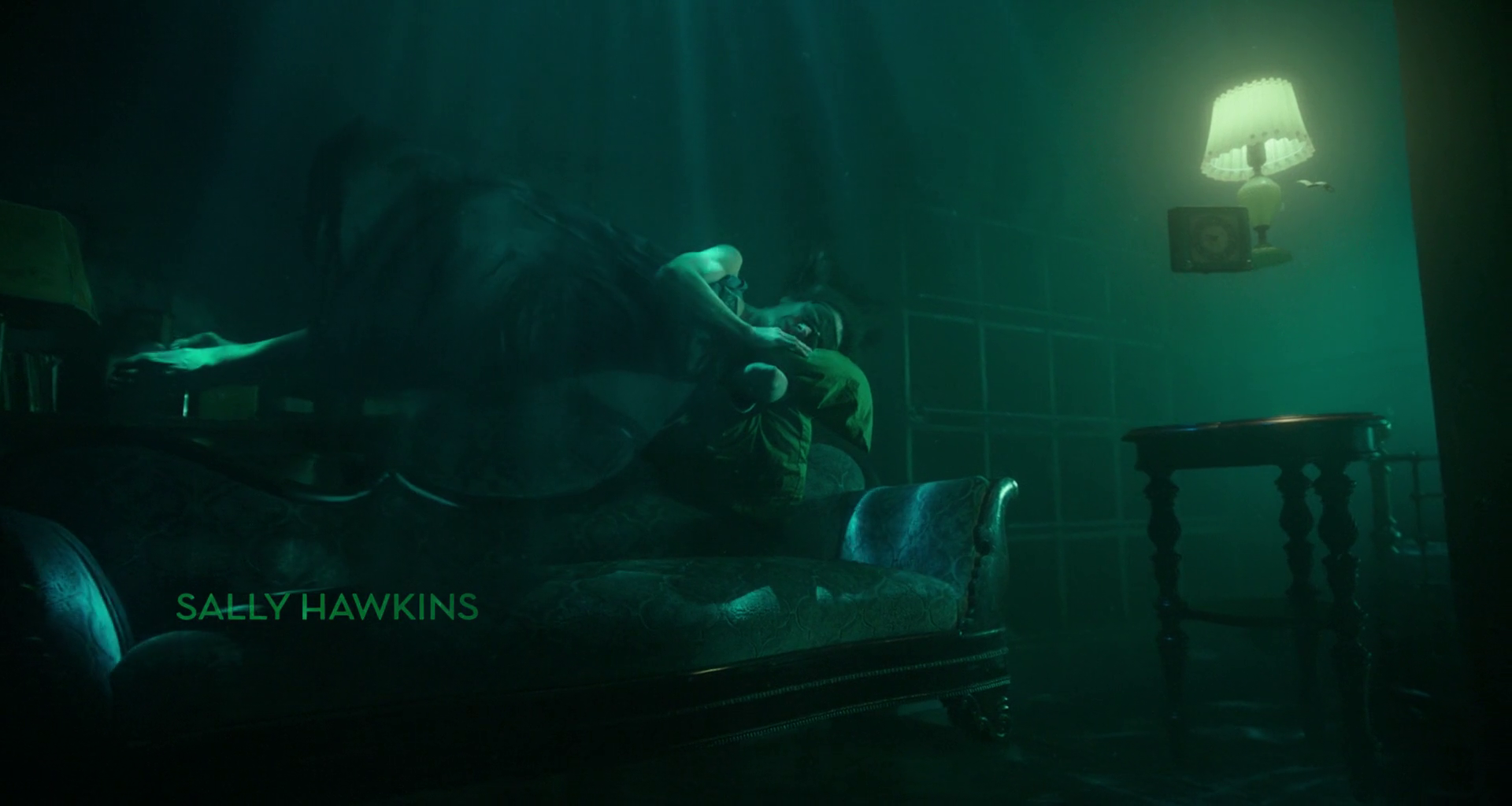
Sally Hawkins as Elisa Esposito in THE SHAPE OF WATER
Directed by Guillermo del Toro / Written by Guillermo del Toro and Vanessa Taylor
This fantasy begins with a dreamy underwater sequence. An apartment submerged, with items floating. A male voice (Richard Jenkins) about the premise of this story even before we meet the protagonist. The camera pans slowly to the left, revealing Hawkins peacefully sleeping while floating. She slowly goes down, lies on the couch, and then her alarm clock rings. Del Toro quickly establishes Elisa’s position in the story as a quiet vessel that is part of a larger vision but is still the resonant core of the narrative. Elisa might not be immediately noticed, but the film slowly centers and zeroes in on her. The same way she is invisible to most characters in this story, but will become a silent force who will ultimately trigger the disruption of the status quo. Also, this opening sequence already foreshadows the ending effectively.
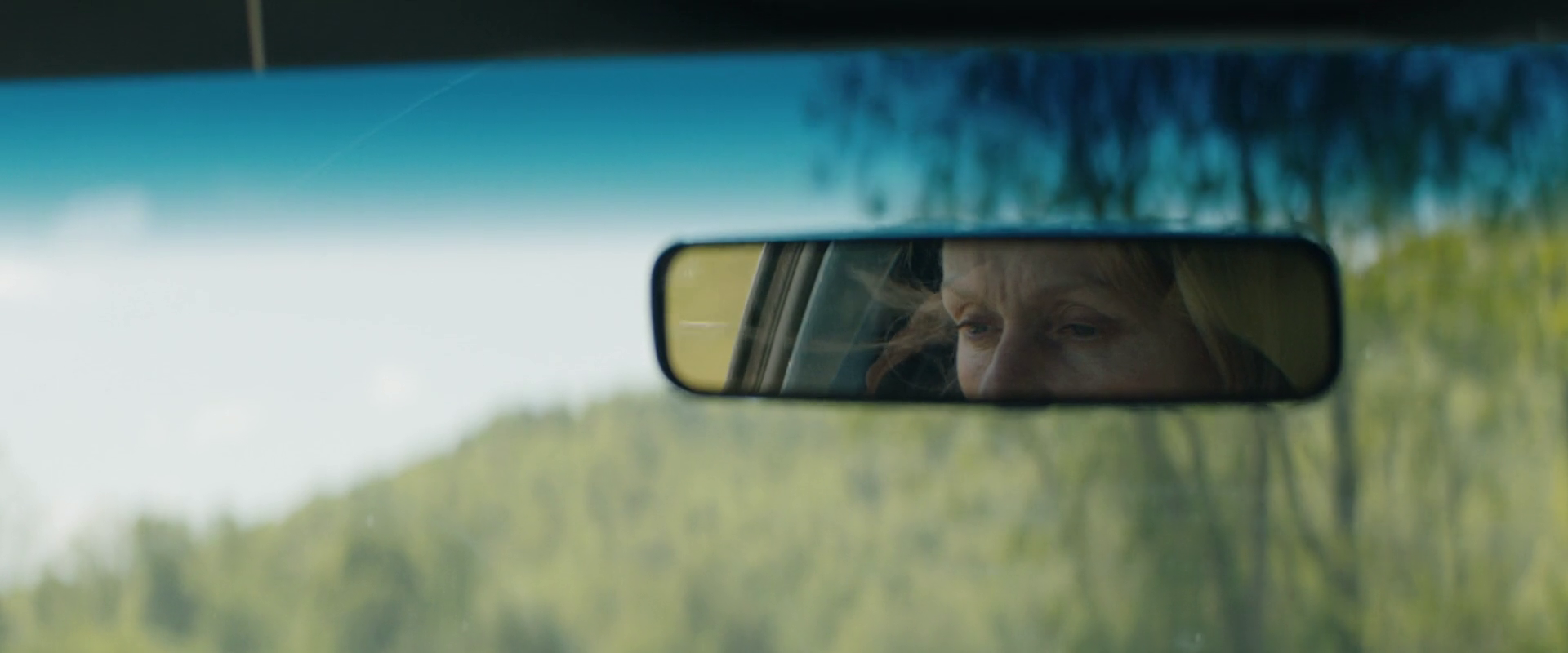

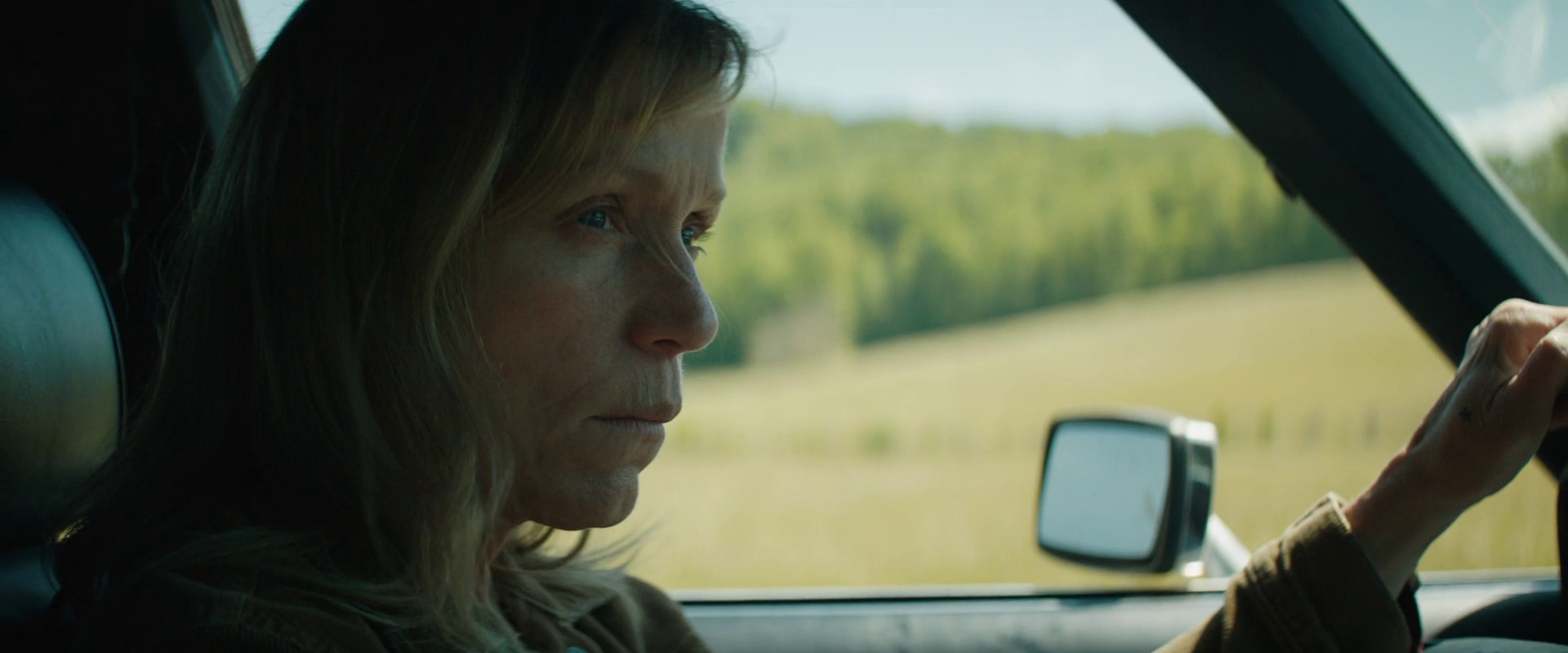
Frances McDormand as Mildred Hayes in THREE BILLBOARDS OUTSIDE EBBING, MISSOURI
Written and Directed by Martin McDonagh
A car slowly drives down a road. The first time we see McDormand is through a shot from the backseat, looking at the rearview mirror. One might associate this shot with threat, but her eyes are of lacerating peace. This is not just a casual drive; there is something going on in her. But also, she’s not yet in an offensive position. There is an untapped rage in her, but also weariness and abandon. Later, this will make sense as a manifestation of her grief. She proceeds to stop her car and look at the dilapidated billboard spaces beside the road. She looks at them, studies them with intent. Suddenly, you can see danger starting to simmer in her eyes. It’s yet to reach full boil, but McDormand already registers the potent rage inching in, a defining facet of Mildred.
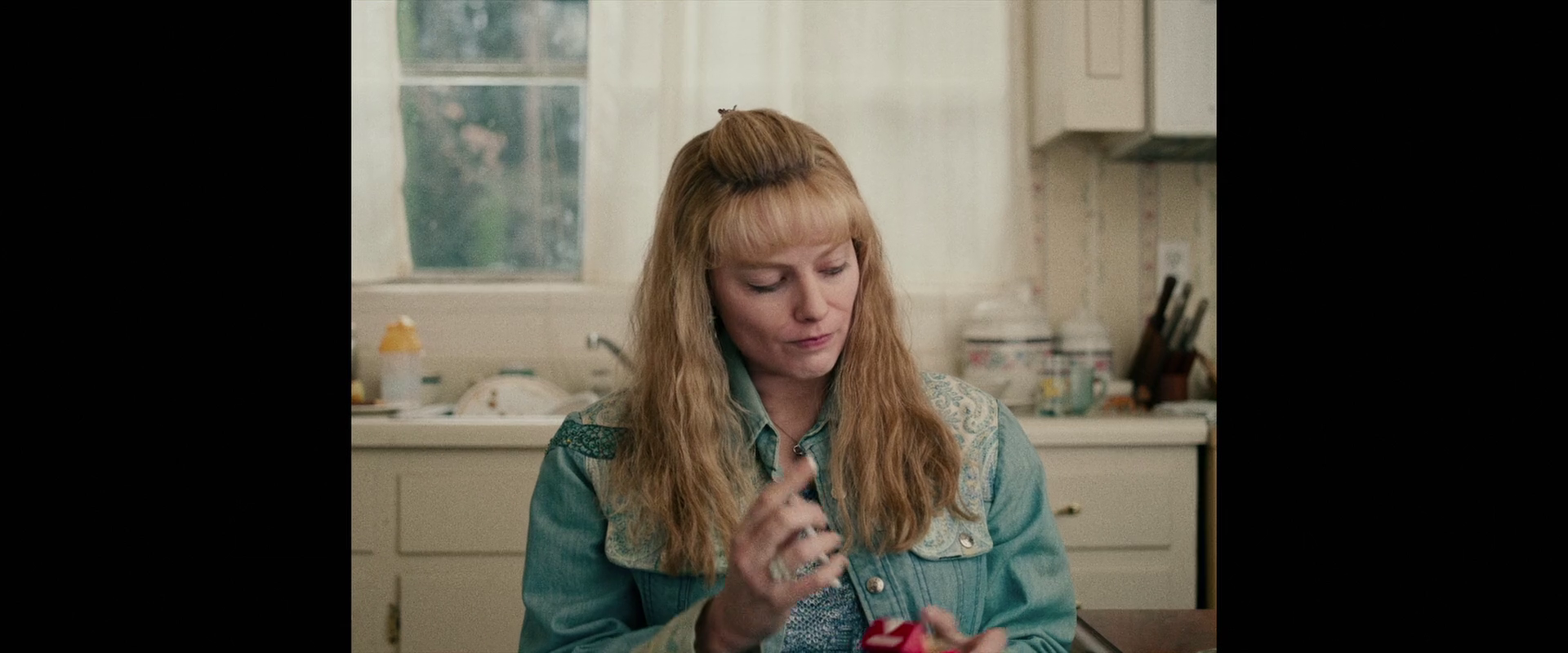
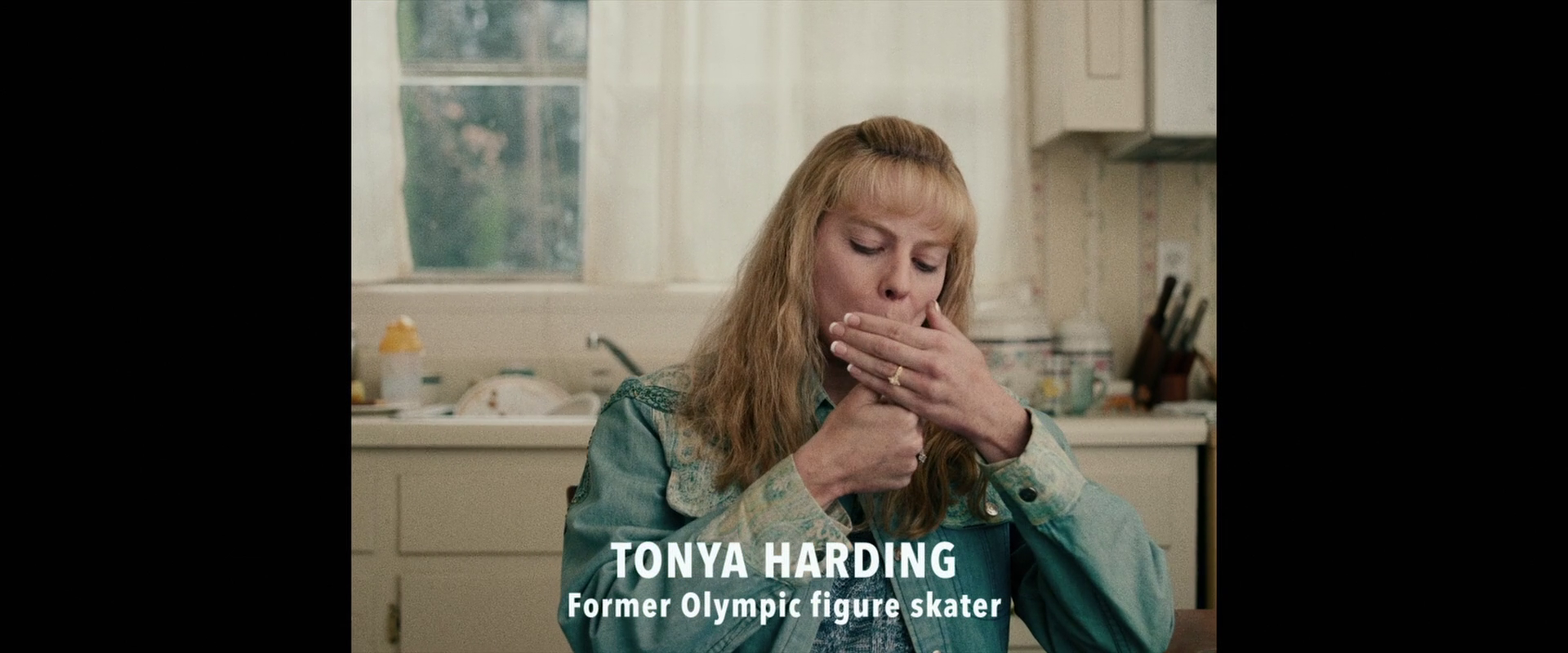

Margot Robbie as Tonya Harding in I, TONYA
Directed by Craig Gillespie / Written by Steven Rogers
The very first shot of the film is Robbie lighting up a cigarette. Titles appear, stating “Tonya Harding, Former Olympic figure skater”. This is the controversial figure skater, but we already meet her later in her life. This is definitely past her stint as a competitive figure skater. She gives a piercing look straight to the camera, a look of seeming contempt. This shot lasts for less than ten seconds, but this already informs a lot about Robbie and the film itself. As for the film, the interviews of Harding and ex-husband Jeff Gillooly are central to the film’s structure, handling their conflicting perspectives not as an impediment but as its main resource in investigating this story. As for Robbie, the physical transformation is already announced right from the get-go. As for her demeanor, her unapologetic presence catches us off-guard.

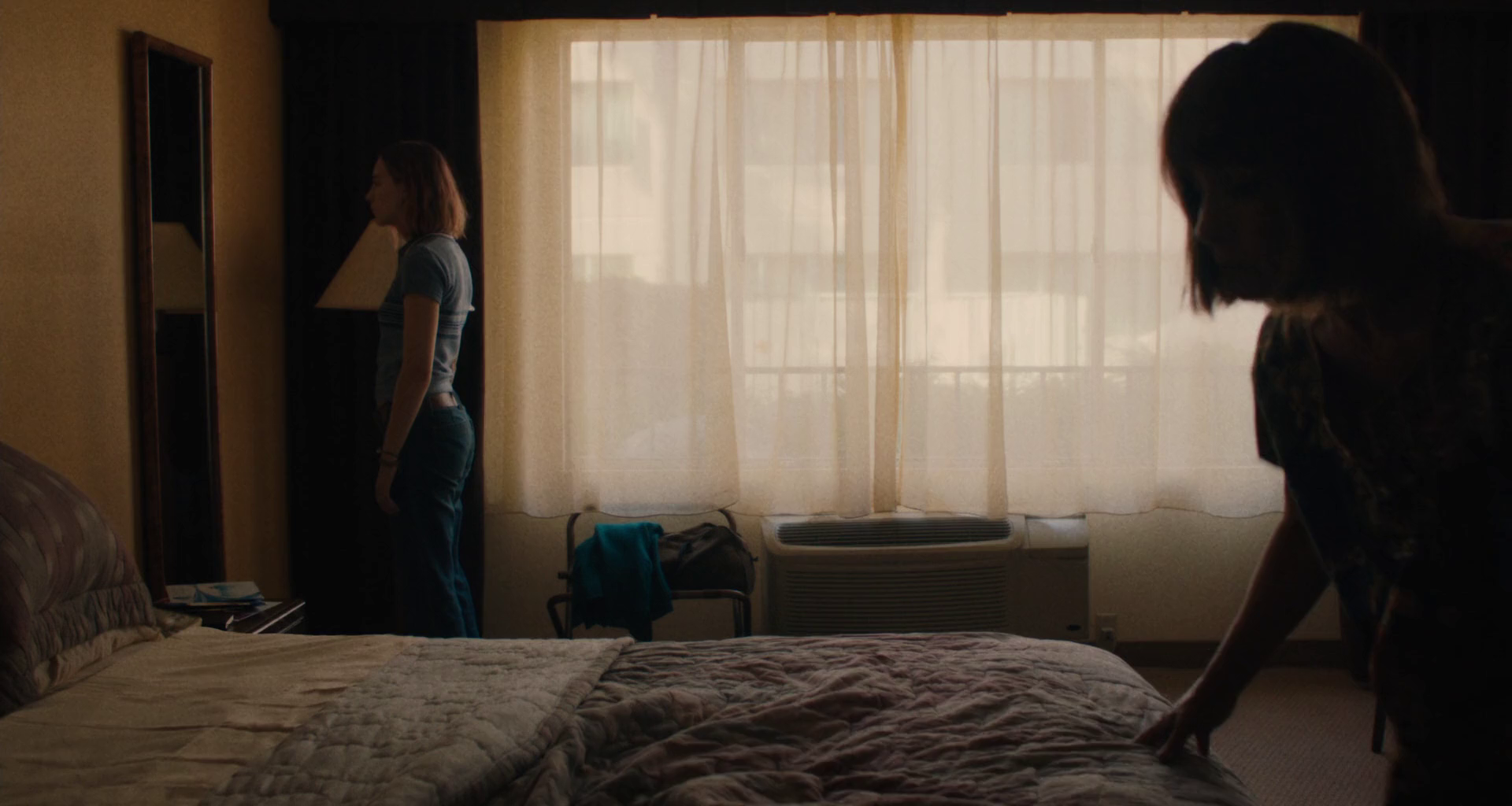
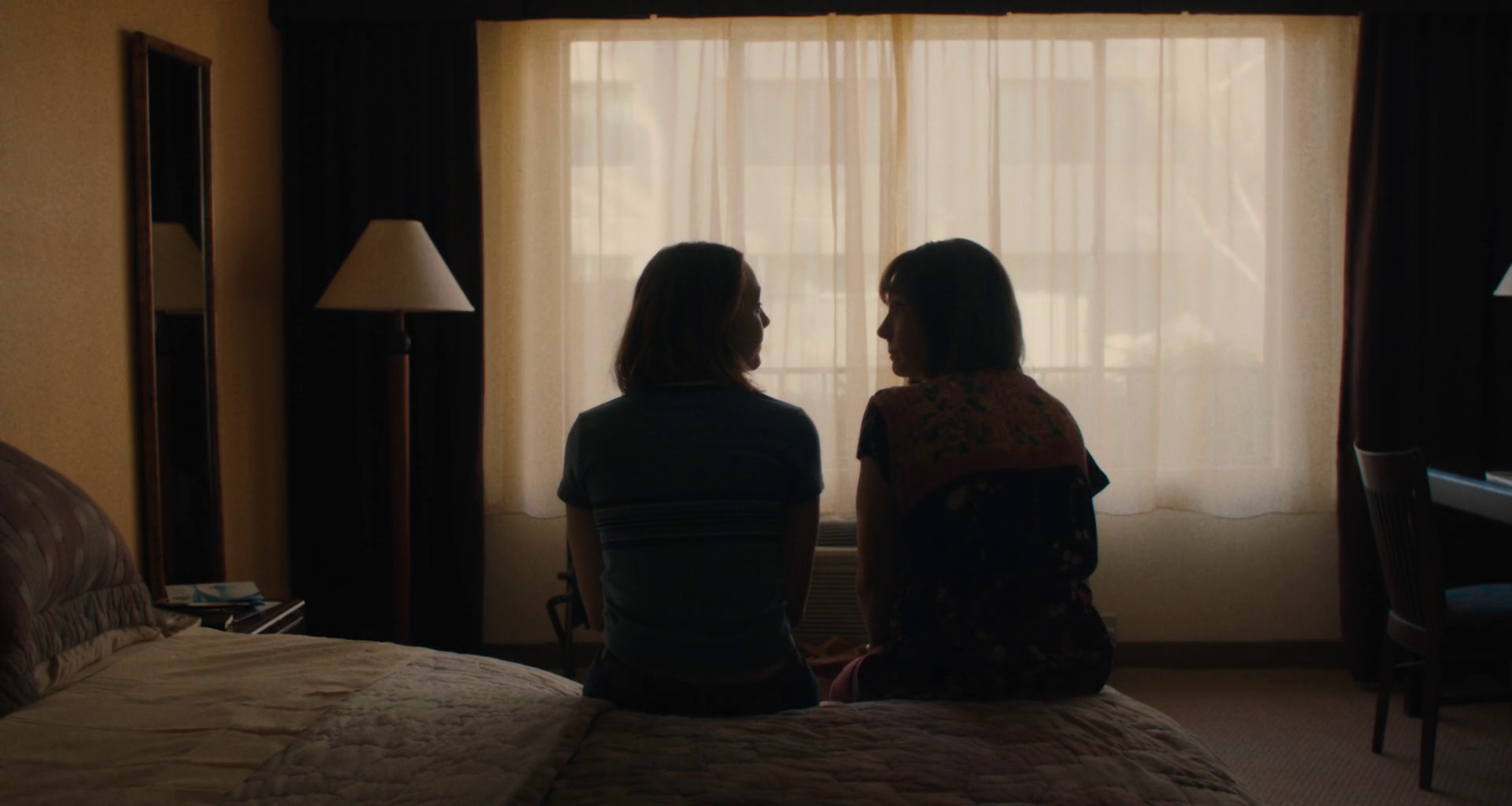
Saoirse Ronan as Christine “Lady Bird” McPherson in LADY BIRD
Written and Directed by Greta Gerwig
The film begins with a two shot: mother (Laurie Metcalf) and daughter sleeping in bed, facing each other. A tender moment, demonstrating a relationship dynamic that positions them in an almost equal footing. A few moments later, it is revealed that they are not at home but they are homebound. There is comfort in their banter, but also a tinge of tension and potential for conflict that can arise from too much comfort in a relationship. Lady Bird asks if she looks like she’s from Sacramento while looking at the mirror. She then declares she is ready to go home. In two shots, Gerwig establishes the major concepts of this film: mother-daughter relationship, self-reflection, and the idea of home. It’s a concise introduction to both characters that will serve as the film’s emotional foundation.
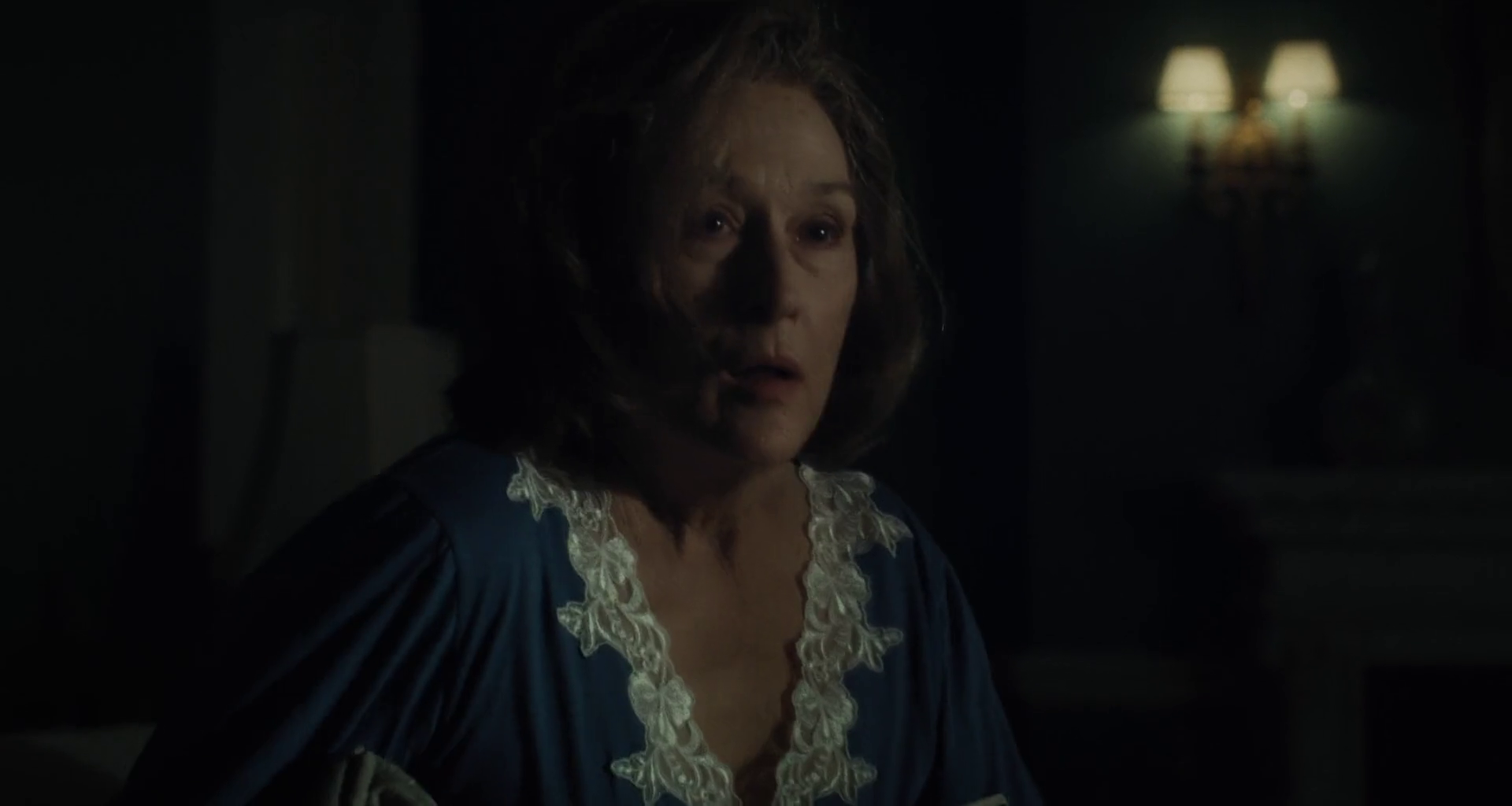
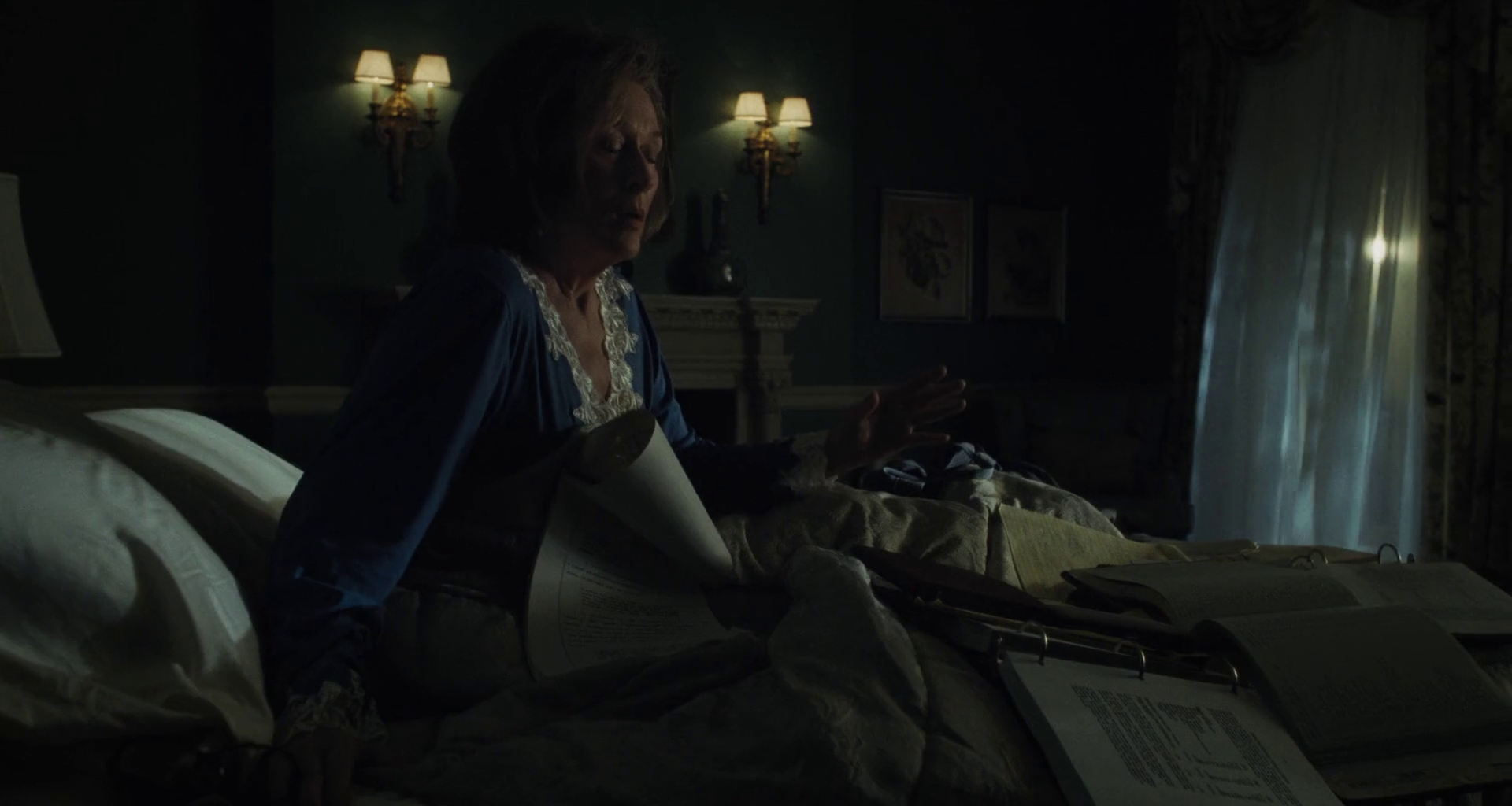
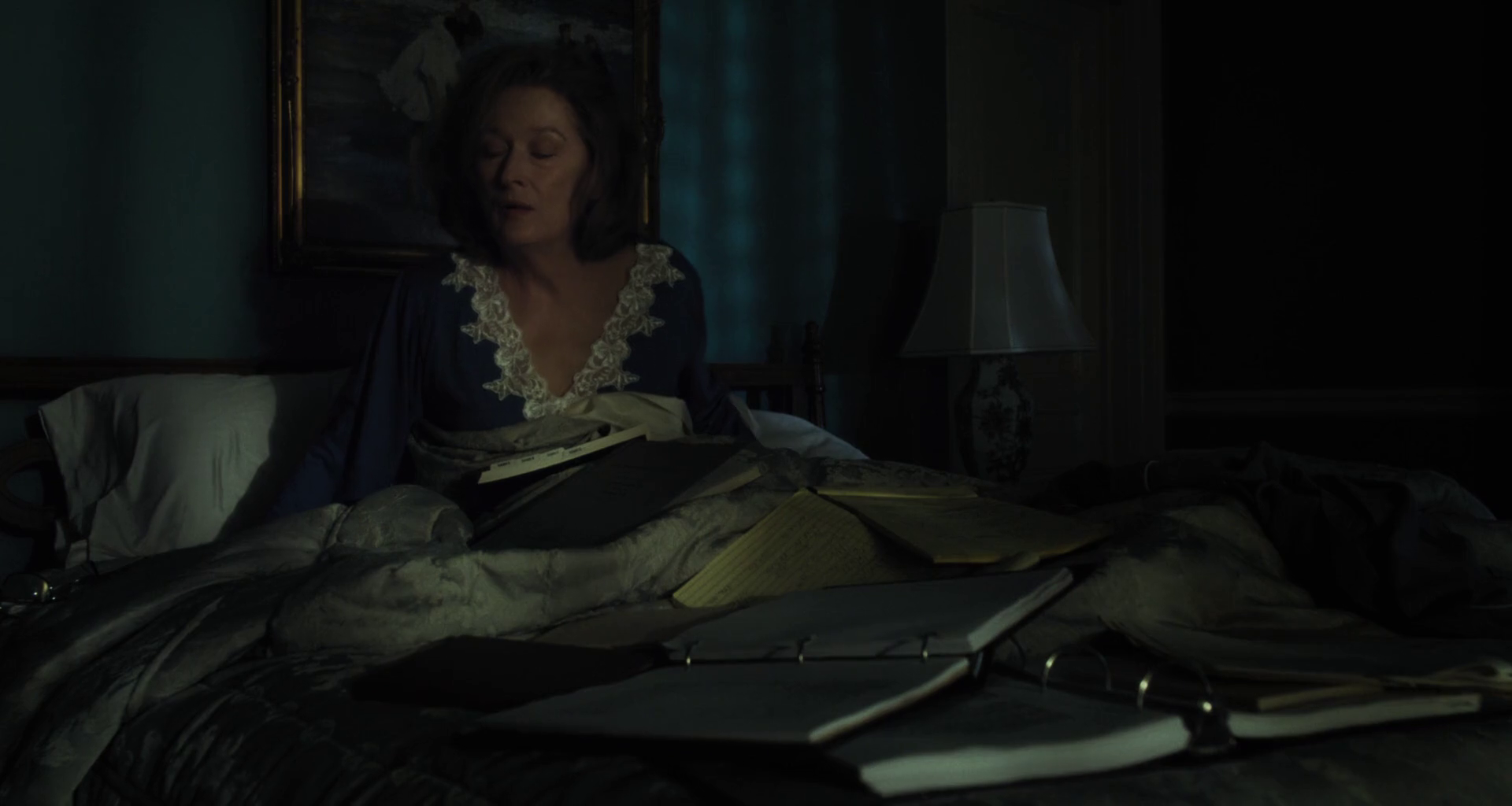
Meryl Streep as Katharine Graham in THE POST
Directed by Steven Spielberg / Written by Liz Hannah and Josh Singer
After an extended prologue that chronicles the genesis of the Pentagon Papers leak, we go to 1971. A woman abruptly wakes up in the middle of the night. Reveal of the bed: most of it is covered with several binders of documents. Some of those dropped on the floor. She fell asleep while working. In this quick succession of shots, Spielberg already maps out Katharine Graham’s persona: a person who takes her job seriously and treats it very personally (she owns the company, passed on from her father to her husband to her), but maybe not yet fully comfortable with it. But Streep maps out a steely determination of her character in this moment; she knows how to do this job, but is yet to gain the confidence to fully steer the company in its course with utmost control. The awakening of a nation and of this individual are intertwined in this moment.